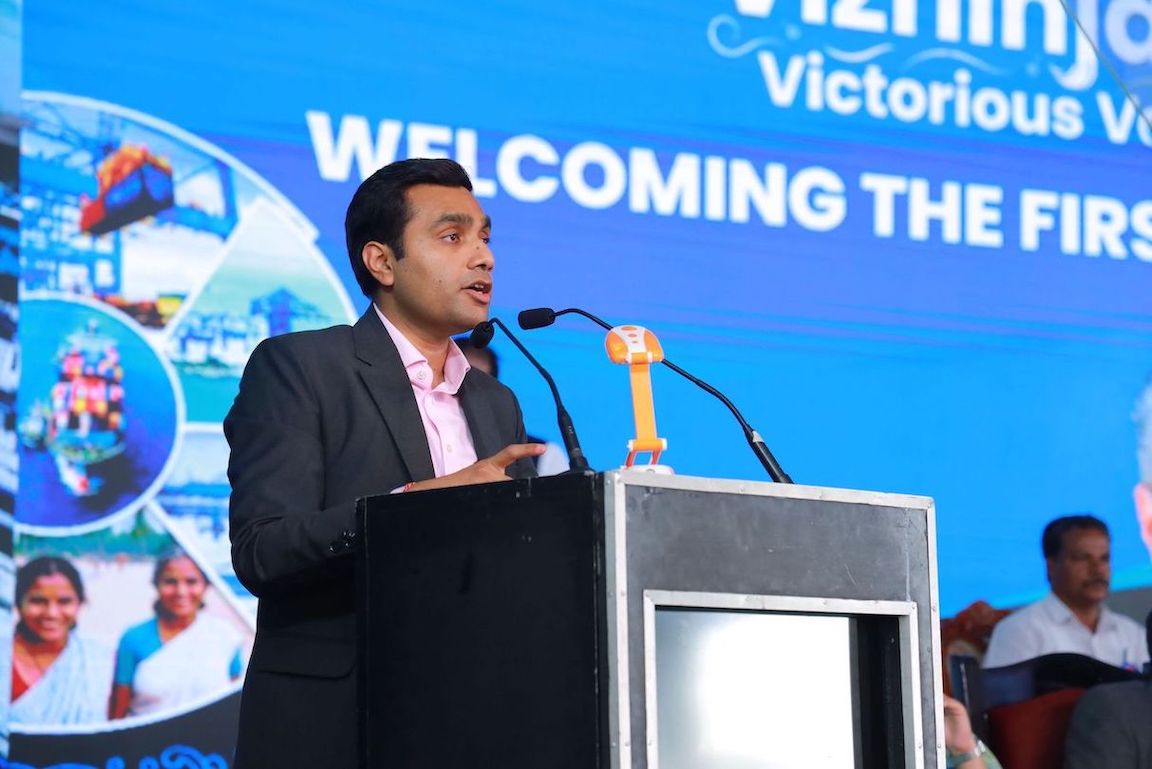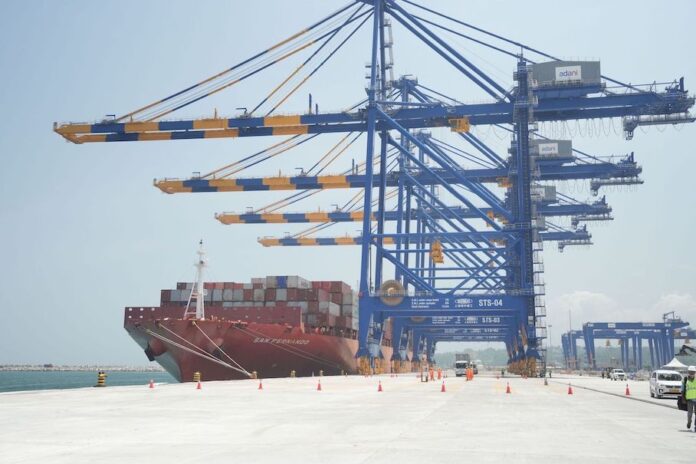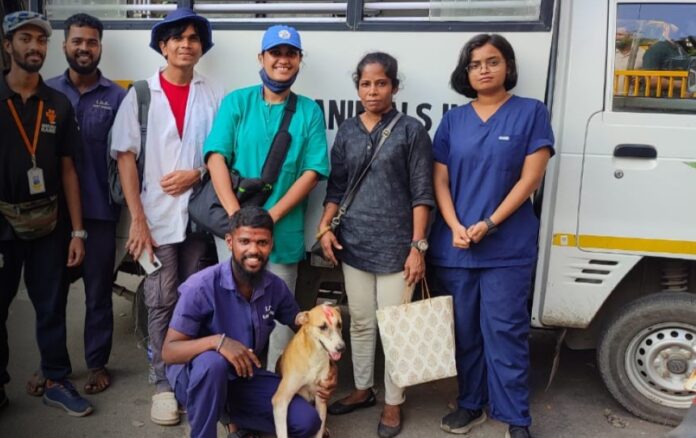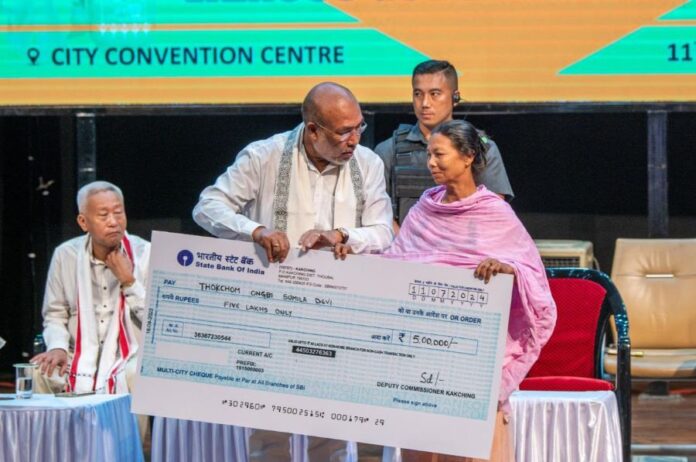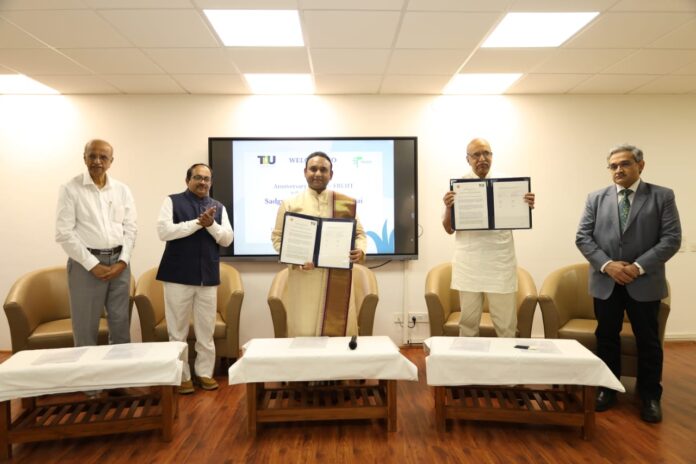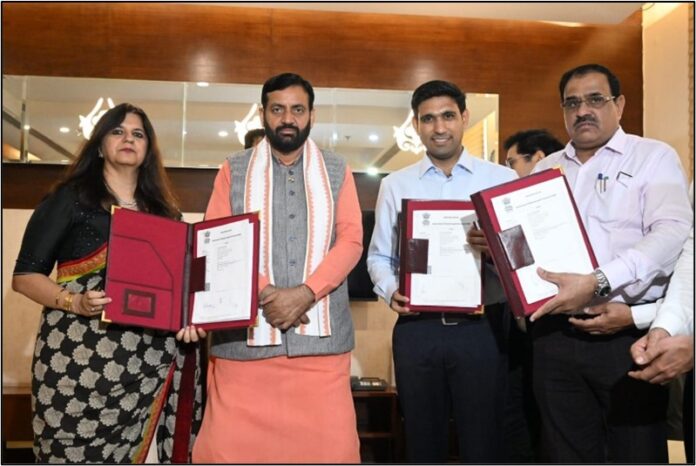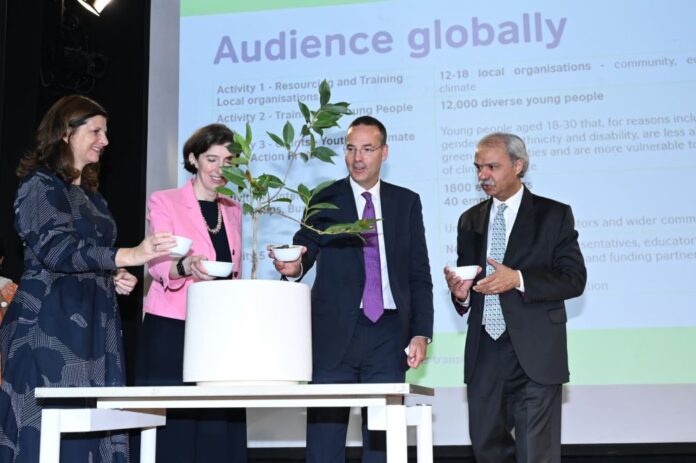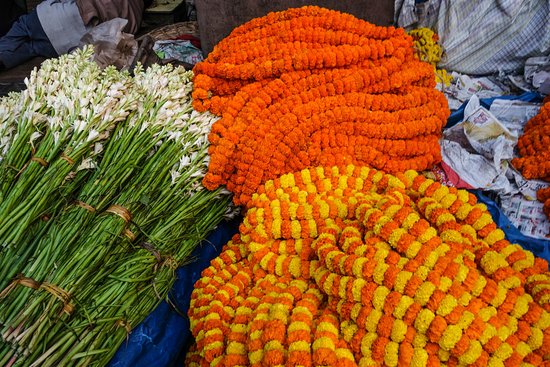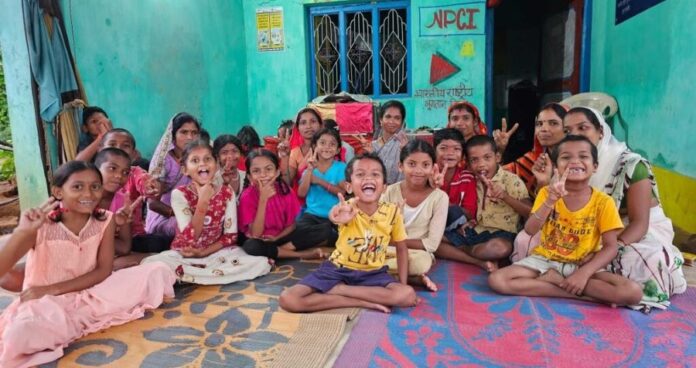Adani Ports & SEZ has announced the arrival of the first mother ship at its Vizhinjam port. This is a milestone event marking India’s entry into the global transshipment and ushering in a new era in India’s maritime history, positioning Vizhinjam as a critical player in the international trade routes.
The event was inaugurated by the Chief Minister of Kerala, Shri Pinarayi Vijayan, and the gathering was presided over by Shri V. N. Vasavan, the Minister for Ports, Kerala. Shri Sarbananda Sonowal, the Union Minister for Ports, Shipping, and Waterways, was the chief guest.
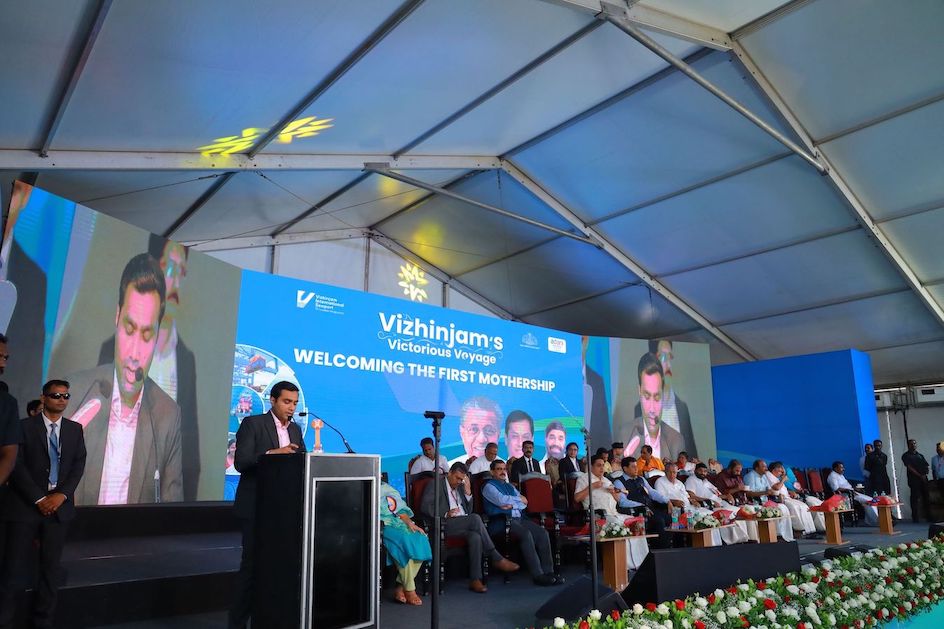
This also marks the debut of India’s first automated port with state-of-the-art infrastructure and facilities, capable of handling large ships, with its modern container handling equipment and world-class automation and IT systems. San Fernando, the 300 meter-long container vessel operated by Maersk with a capacity of 8,000-9,000 TEUs (twenty-foot equivalent units), will be availing the services at the port to offload about 2,000 containers and for 400 container movements within the vessel.
Highlighting Vizhinjam’s significance, Karan Adani, Managing Director of Adani Ports and SEZ Limited (APSEZ) said, “San Fernando – now berthed at our harbour is a symbol of a new, glorious achievement in Indian maritime history. It is a messenger that will tell the world that India’s first transshipment terminal and the largest deepwater port has begun commercial operations”. Talking about the port’s state-of-art infrastructure he added, “No other port in India –including our own highly advanced Mundra Port – has these technologies. What we have already installed here is South Asia’s most advanced container handling technology. And once we complete the automation and the Vessel Traffic Management System, Vizhinjam will be in a class of its own as one of the most technologically sophisticated transshipment ports in the world.”
